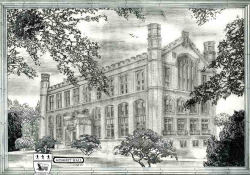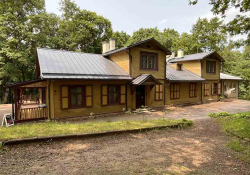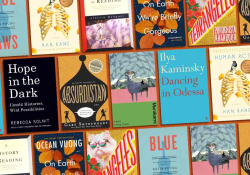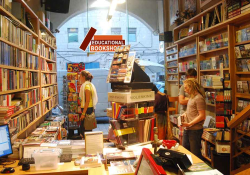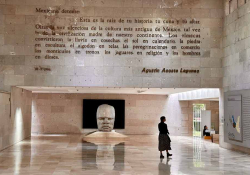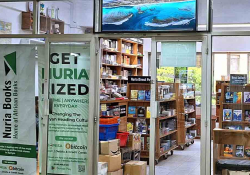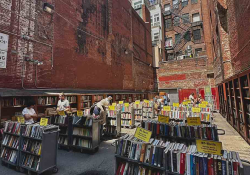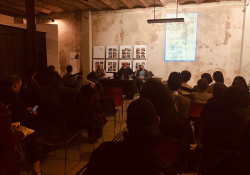Old Bookstore, Flateyri, Iceland
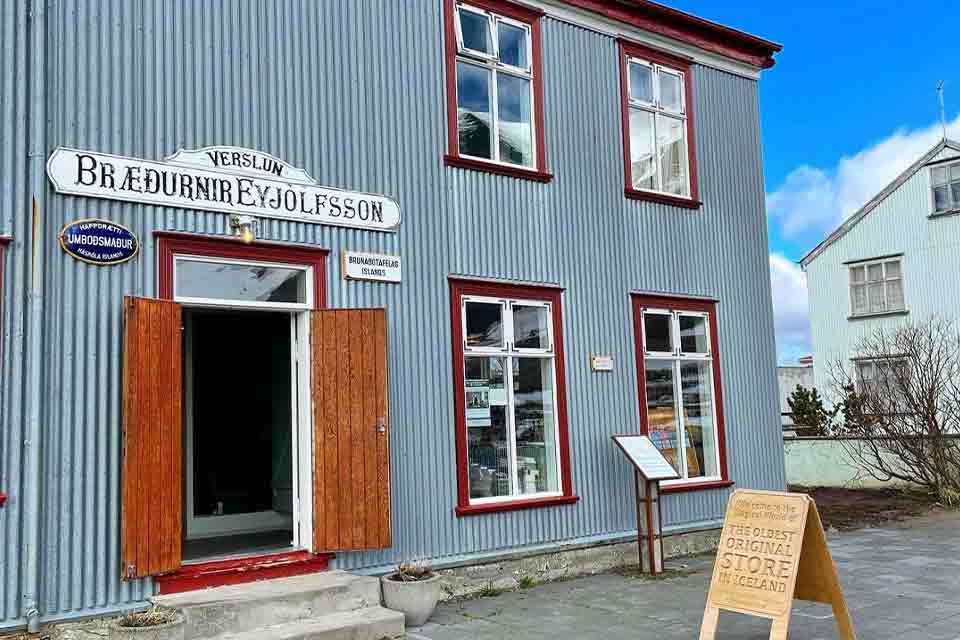
Flateyri welcomed me in the late afternoon, the daylight already giving way to those delicate northern blues that stretch across the Westfjords. There’s a hush here, the kind that makes you aware of your own breath. This village—barely more than two hundred souls tucked between the cold Atlantic and a steep, snow-latticed mountain—feels less like a destination and more like a stop in a half-remembered saga. The air smelled faintly of salt and fresh cod, and the wooden houses, painted in muted greens and reds, reminded me of children’s toys set carefully on a windowsill.
At the heart of the village, beside the old quay where trawlers dip and creak against their moorings, is the Old Bookstore—founded in 1914 and still run by the same family, now in its fourth generation. To step through its worn doorway is to slip into another era. The front room holds shelves bowed with Icelandic sagas, local histories, and whimsical miscellanea: magnets intermingle with guidebooks on seabirds and wildflowers, along with titles that reflect the village spirit’s unique charm.
The owner, Eyþór, dressed in a tailored tweed suit that would not seem out of place in a literary salon, greeted me warmly, his presence evoking both tradition and modernity. His pride in the store’s legacy, as both a family treasure and Iceland’s oldest independent bookstore still in its original location, was palpable.
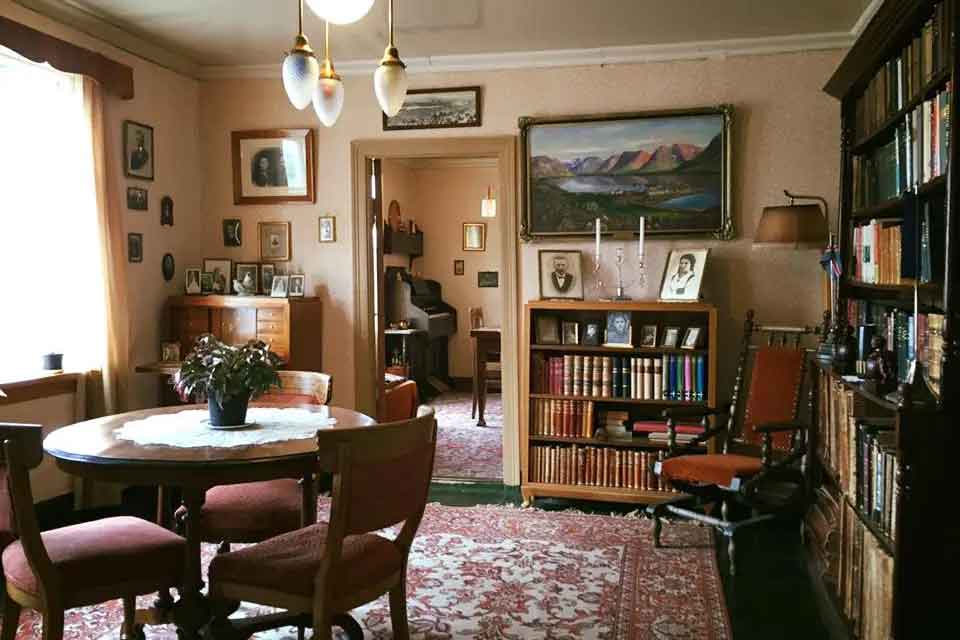
If you choose a book, he’ll stamp it with a distinctive seal, forging a small contract between you, the village, and the stories that have weathered countless winters here. I took my time browsing, drawn to the variety of titles and the palpable sense of history in the shop’s worn yet welcoming ambience.
Above the bookstore, a sturdy wooden staircase leads to a lovingly restored apartment dating back to 1898. Once the longtime home of the store’s founder, it now serves as a modest guest house, offering three double rooms and shared bathrooms—one delightfully retro, another bright and modern—along with a communal kitchen and living room. I stayed there, sleeping beneath rafters that seemed to whisper the lullaby of the village’s past. Through the windows, the coastal wind sang softly as I imagined old fishermen—long since passed—poring over a treasured saga by lamplight after a day spent out on the rough fjord.
Outside, the wind picked up, carrying snippets of laughter from the neighboring café, where a few locals huddled over coffee and plates of kleinur. Despite its remoteness, there’s a quiet cultural hum here—local artwork displayed in shops, murals that reflect the surrounding nature, and photographs in the local museum chronicling a century’s worth of storms and recoveries. It’s as though the town’s stories have taken form in paint, clay, and ink, waiting for anyone patient enough to linger and listen.
In Flateyri, literature and life entwine like rope and net. You won’t find grand cathedrals or famous museums here, but the beauty lies in its human scale: in every preserved saga, in each lettered spine. On long winter nights, these stories and memories guide the villagers forward, keeping them tethered to their past while facing the unknown future. Here, on the fringes of the Westfjords, story and survival are bound together—quiet, enduring, and deeply meaningful.

